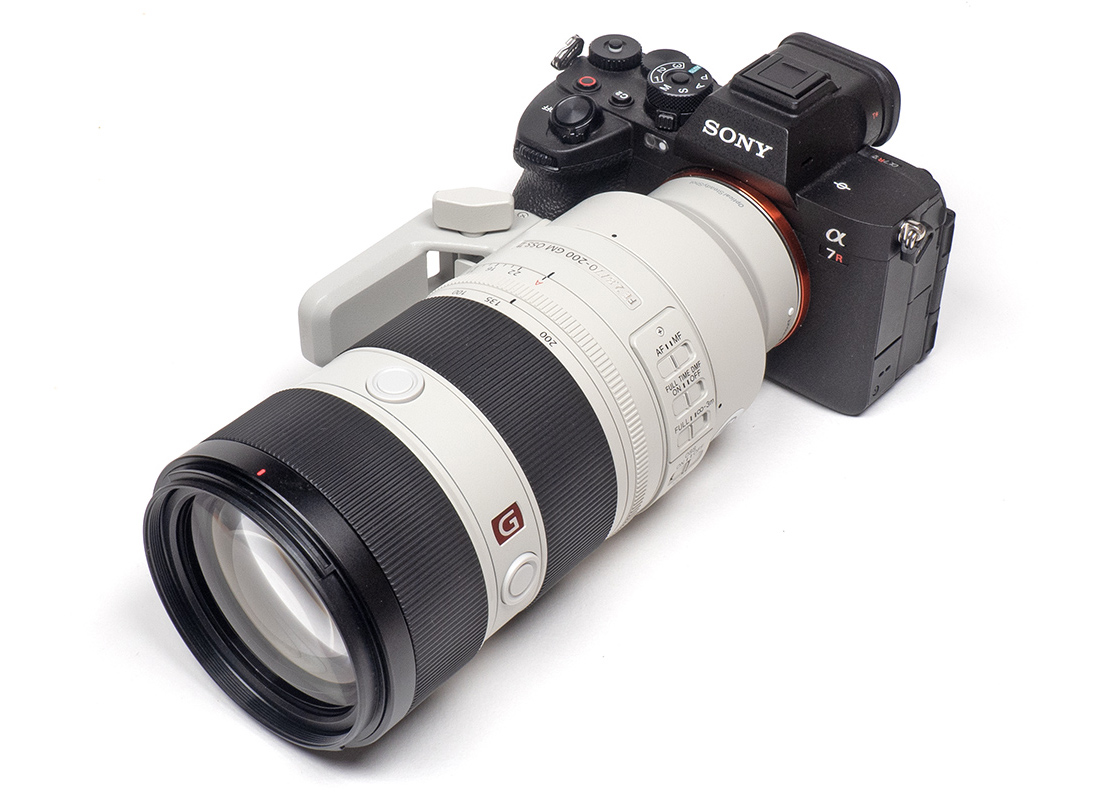
70-200mm f/2.8s are among the most popular lenses among enthusiast photographers – for a reason. They are fast enough to substitute prime lenses in this range … most of the time … while providing the flexibility of a zoom lens. They are used in a very broad range of applications – press work, wedding photography, still life, and even landscape photography. Among the most desirable options on the market is the Sony FE 70-200mm f/2.8 GM OSS II. The MK I wasn’t a bad lens by any means, but the MK II represents a quite substantial upgrade. Other than the usual promise of better image quality, Sony applied a bit of magic and reduced the weight from 1480g down to 1045g. That’s quite an insane difference for a lens that didn’t change in size at all. This can be mostly attributed to the reduced number of optical elements – down to 17 from 23 – glass is heavy, the use of magnesium alloy and the new XA AF motors. The reduced number of elements can be both positive and negative. On paper, more elements allow for better correction of optical defects. However, the more elements you introduce, the more precision is needed. For long-term durability – especially in terms of centering quality – fewer elements are certainly more desirable.
Despite the much-reduced weight, the build quality remains superb and aligned to professional use, of course. As already mentioned, the lens body is made of magnesium alloy. The two control rings operate very smoothly. Needless to say, it has a dust- and moisture-resistant construction. There are also a myriad of buttons and switches, including AF/MF, Full-time DMF on/off, a focus limiter, OSS modes, 3 focus hold buttons, and an iris lock switch. Just like all higher-grade Sony lenses, it also offers a dedicated aperture ring, which can also be de-clicked for video shooting. The provided lens hood has a window for accessing polarizer filters. And finally, there’s a detachable tripod mount. Unlike its slower cousin, the FE 70-200mm f/4 G OSS II macro, the FE 70-200mm f/2.8 GM OSS II does NOT extend.

Sony incorporated no less than 4(!) XD (“Extreme Dynamic”) linear AF motors into the lens – promising an AF speed that is up to 4x faster than on the MK I lens. And we can certainly confirm that the AF is basically instant (on the A7R V) and, of course, silent.
Sony doesn’t provide any efficiency rating for the image stabilizer (OSS = Optical Steady Shot), but we’d rate it around the 4-stop mark in real life. The lens offers 3 OSS modes. Besides the usual standard and panning mode, the 3rd one is meant to handle “unpredictable motion”. Manual focusing works “by-wire”, as usual. Focus breathing compensation is available when combined with certain Sony cameras, although the natural amount of focus breathing is moderate. The lens can accept Sony’s 1.4x and 2x teleconverters.
Below is a comparison with the Sony FE 70-200mm f/4 G OSS II macro, which also illustrates the conceptional differences – besides being a slower lens, the f/4 lens uses an extending zoom design, whereas the f/2.8 uses an internal zoom mechanism.

| Specifications | |
|---|---|
| Optical construction | 17 elements in 14 groups (1x XA, 1x aspherical, 2x Super ED, 2x ED, 1x hybrid) |
| Number of aperture blades | 11 (rounded) |
| min. focus distance | 0.4-0.82 (max. object magnification 1:3.3) |
| Dimensions | 88x200mm |
| Weight | 1045g |
| Filter size | 77mm |
| Hood | petal-shaped, bayonet mount, supplied |
| Other features | dust & moisture-resistant, detachable tripod ring, breathing compensation, compatible with TCs, front fluorine coating |
Distortion
Let’s start with RAW image distortions first. They are almost negligible at 70mm but increase rapidly to medium pincushion distortions around the 2% mark in the middle to upper range.
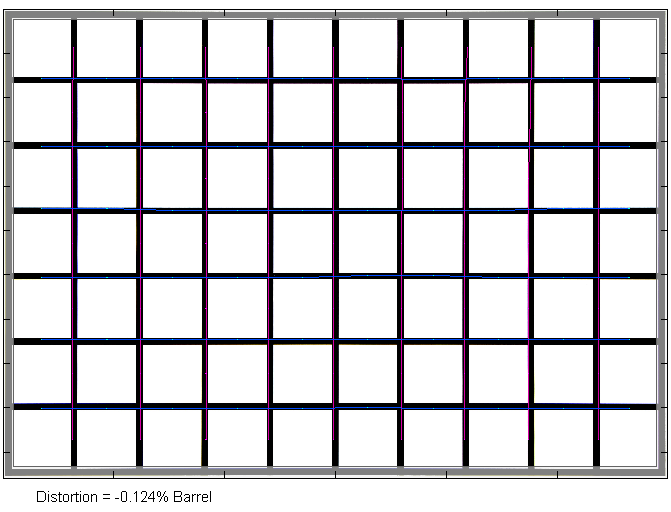

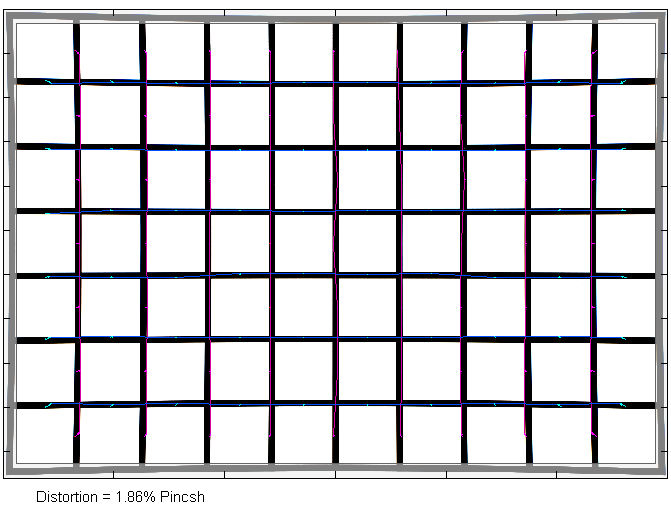
Most users are taking advantage of image auto-correction, which suppresses the distortions effectively, as you can see below.


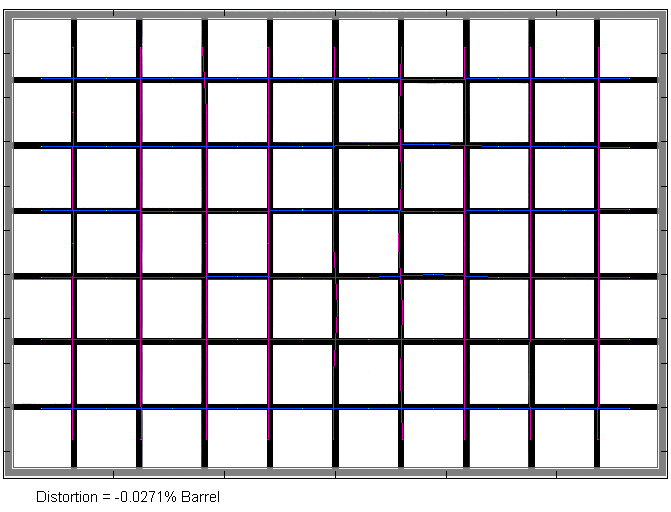
Vignetting
The RAW vignetting characteristic of the Sony lens is quite typical for such a lens. At f/2.8, there’s some visible light falloff of around 1.4 EV (f-stops). This is noticeable without being extreme. Stopping down to f/4 reduces the issue, and it’s mostly irrelevant from f/5.6.

Activated auto-correction eliminates the vignetting even at f/2.8, albeit at the cost of slightly increased image noise in the image corners.
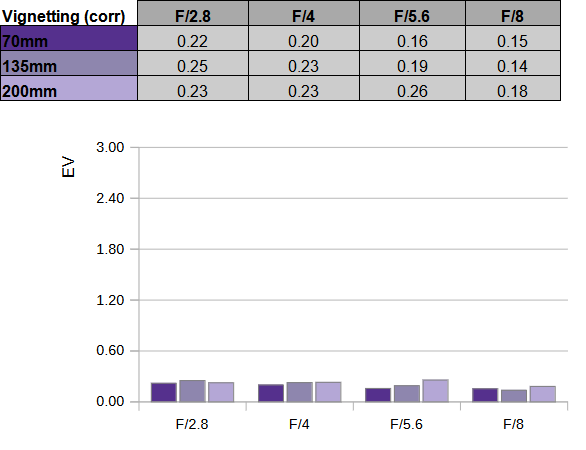
MTF (resolution)
The Sony FE 70-200mm f/2.8 GM OSS II delivered great results in the MTF lab. The image center is sharp as a tack between f/2.8 and f/5.6, and the near-center zone isn’t far behind either. The borders and corners are generally on a very good level. It’s worth noting that the performance is very even across the entire zoom range.
As usual, diffraction limits the quality from about f/8, although f/11 remains easily usable. f/16 and beyond should be avoided unless required by your scene.
Please note that the MTF results are not directly comparable across the different systems!
Below is a simplified summary of the formal findings. The chart shows line widths per picture height (LW/PH), which can be taken as a measure of sharpness. If you want to know more about the MTF50 figures you may check out the corresponding Imatest Explanations.

Chromatic Aberrations (CAs)
Lateral chromatic aberrations (color shadows at hard contrast transitions) are fairly low, with an average pixel width of ~1px at the image borders at both ends of the range. They are lower in between.

Bokeh
Fast telezoom lenses are as much about sheer sharpness as they are about the quality of the bokeh- and the Sony lens does deliver here as well.
Out-of-focus highlights are smoothly rendered with just a hint of nervousness in the inner zone of the discs. The amount of outlining is very slight, although it is getting a little more distinctive when stopping down.

When looking at the highlight rendering across the image field, we can notice some deterioration towards cat eyes from the outer mid-field. Stopping down corrects the cat eyes back towards their circular shape. The corner highlights are still not perfect at f/4, but they are fully restored at f/5.6.


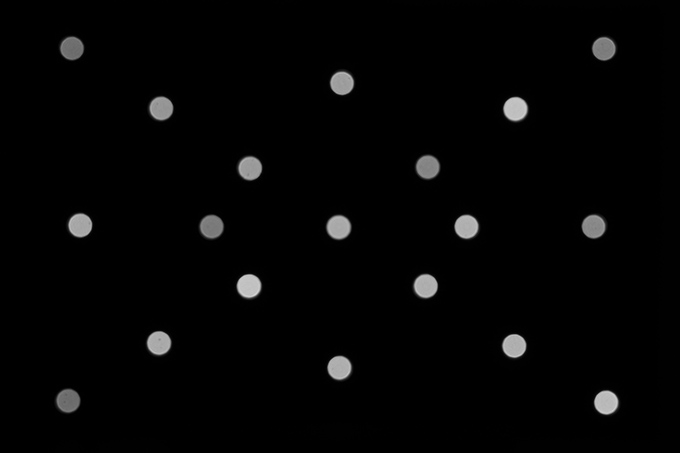
The general blur is exceptionally smooth in the image foreground – shown to the right below. The background – shown to the left – is slightly more nervous but still pretty good – for a zoom lens, anyway.

Bokeh Fringing / LoCA
Boheh fringing/LoCA is an axial color fringing effect with purplish halos in front of the focus point and greenish beyond. The Sony lens produces marginal LoCAs at f/2.8, with traces just visible at f/4.

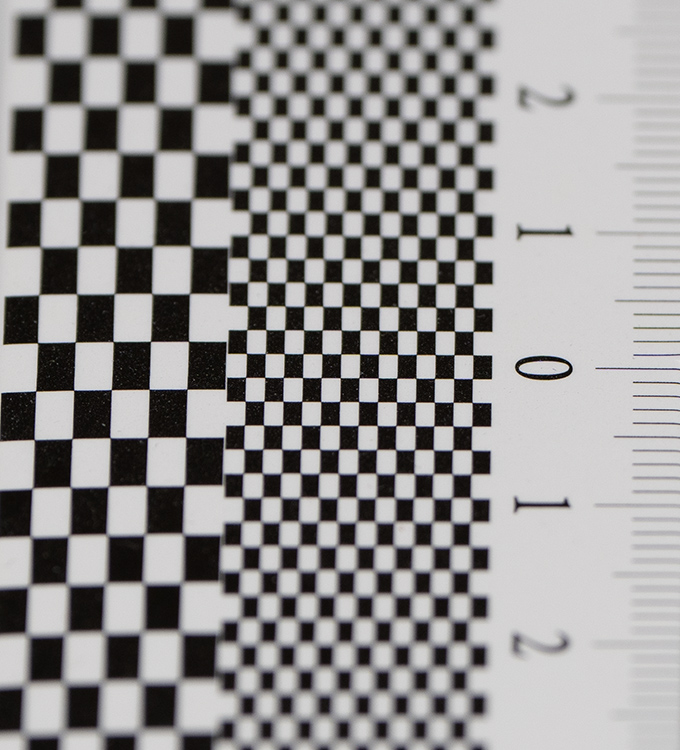
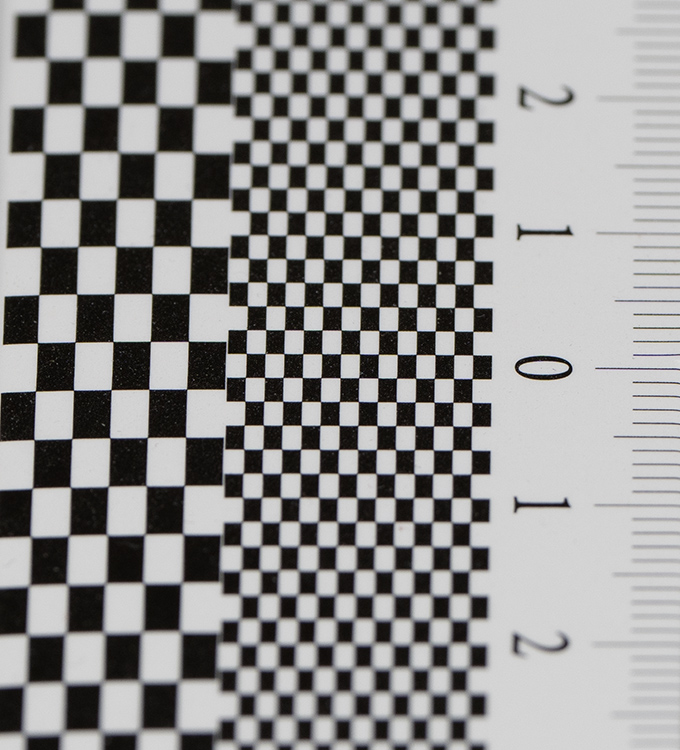
Competition
If you are a Sony user, you are burdened with choices. The Sony FE 70-200mm f/2.8 GM OSS II is shown to the left below. Just next to it is the new Sigma 70-200mm f/2.8 DG DN OS Sports. We haven’t tested it yet, but it would be a surprise if it is all that much worse than the Sony lens. It is, however, quite a bit heavier, but then it’s much lighter on your wallet. This is also true for the Tamron 70-180mm f/2.8. There are two versions of this lens – one with and one without image stabilization. We tested the latter a while ago, and it was pretty impressive. It is an extending zoom design, though, which may not be everybody’s taste. Still, because of this and its slightly shorter zoom range, it is extremely small and lightweight – as lightweight as the Sony FE 70-200mm f/4 G OSS macro II – shown to the right. The f/2.8’s little cousin is no slouch either, and it only costs about two-thirds and adds quite serious macro capabilities.

Sample Images
The Sony FE 70-200mm f/2.8 GM OSS II is a superb lens - it doesn't really get much better than this in its class. It doesn't show any major weakness. It is, of course, extremely sharp and contrasty at all relevant settings. Both axial as well as lateral CAs are low. Some image distortions and vignetting is present in RAW files but are easily auto-corrected. The quality of bokeh isn't perfect but still highly impressive for a zoom lens.
In terms of build quality, Sony performed a bit of a miracle. The lens is tough enough for professional use, yet so light-weight (for an f/2.8 zoom) that it isn't burden - while also maintaining an internal zoom mechanism. Combined with the dust & moisture-resistant design, this should give it an excellent protection against the elements. The image stabilizer is very efficient and the AF is about as fast as it gets.
Unfortunately, all this greatness comes at a price - literally. A price tag of $2800USD is steep, and hard to digest for non-professionals. Still, if you want the best there is in Sony mount, this is the one in this class.
The Sony FE 70-200mm f/2.8 GM OSS II is a worthy upgrade over its predecessor, and it deserves our highest praise - "Highly Recommended".
-
Optical Quality
-
Build Quality
-
Price / Performance

